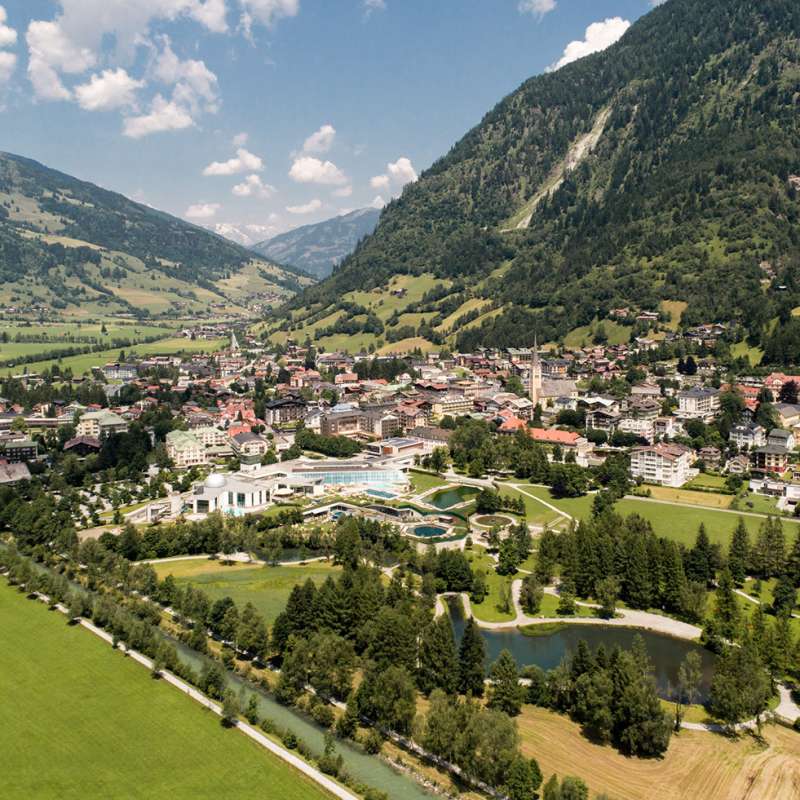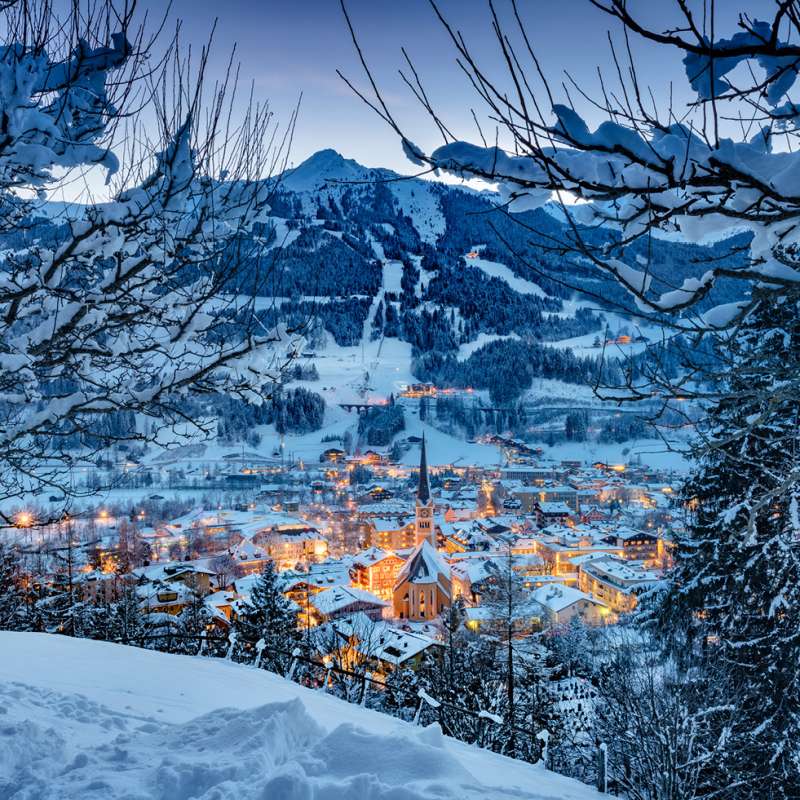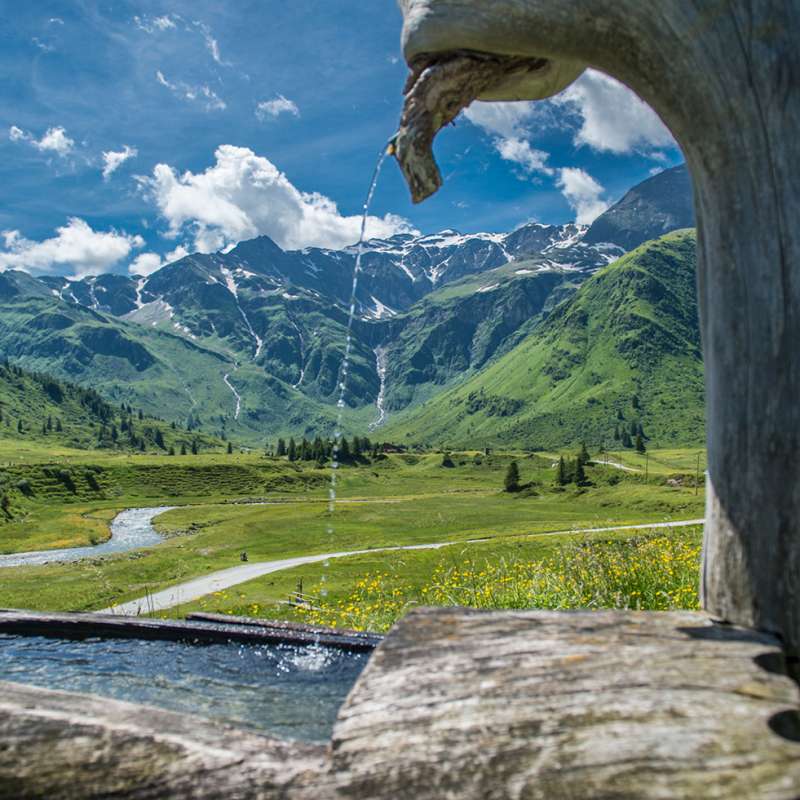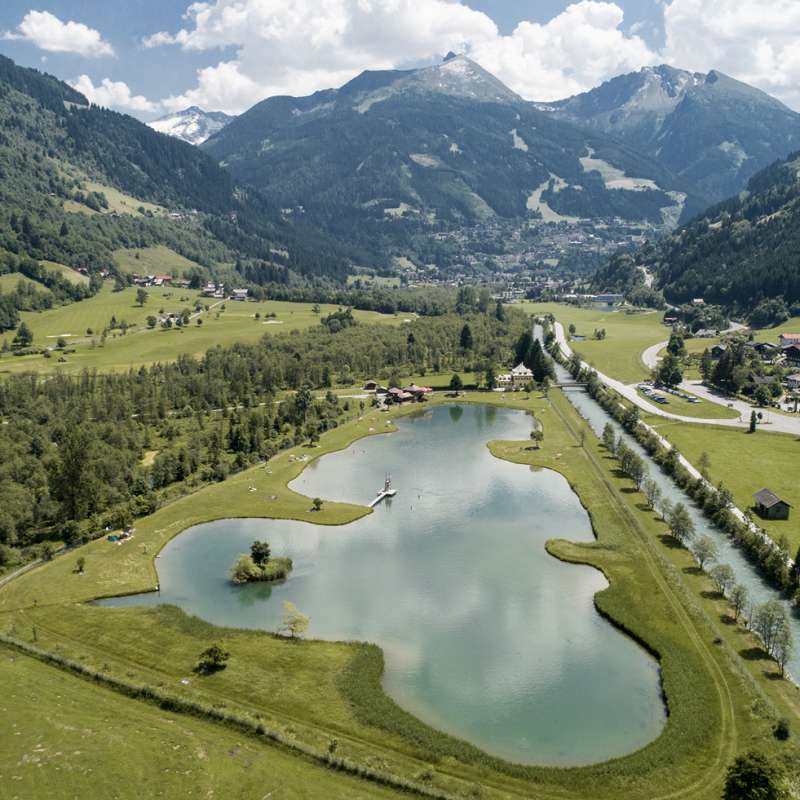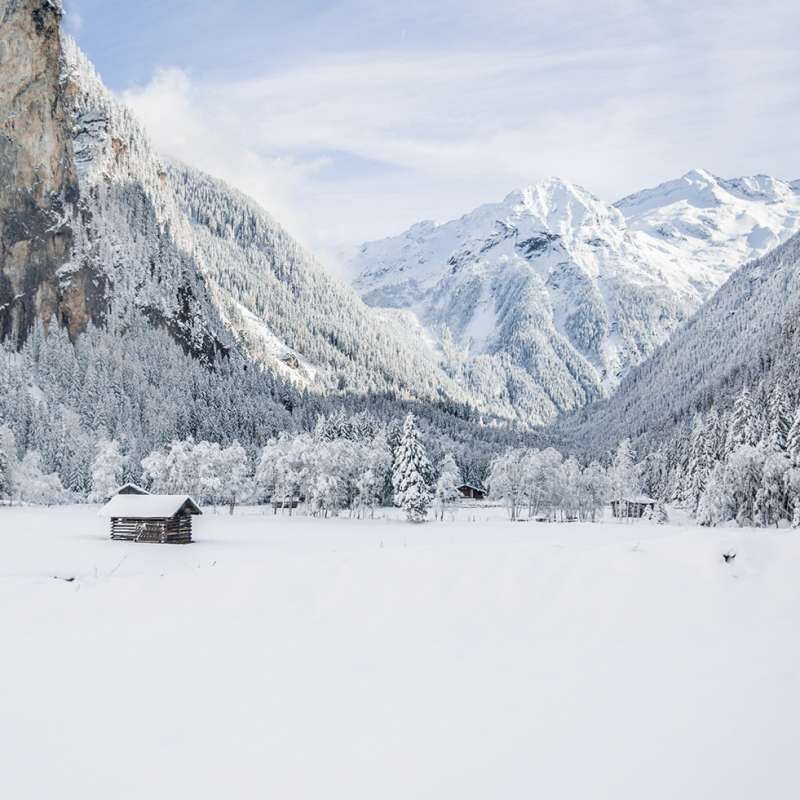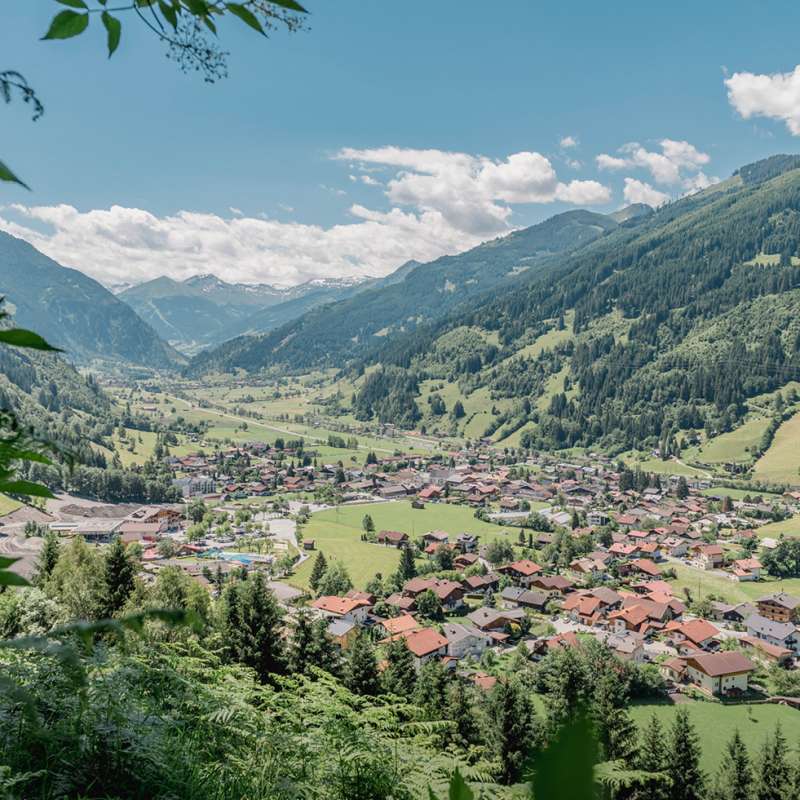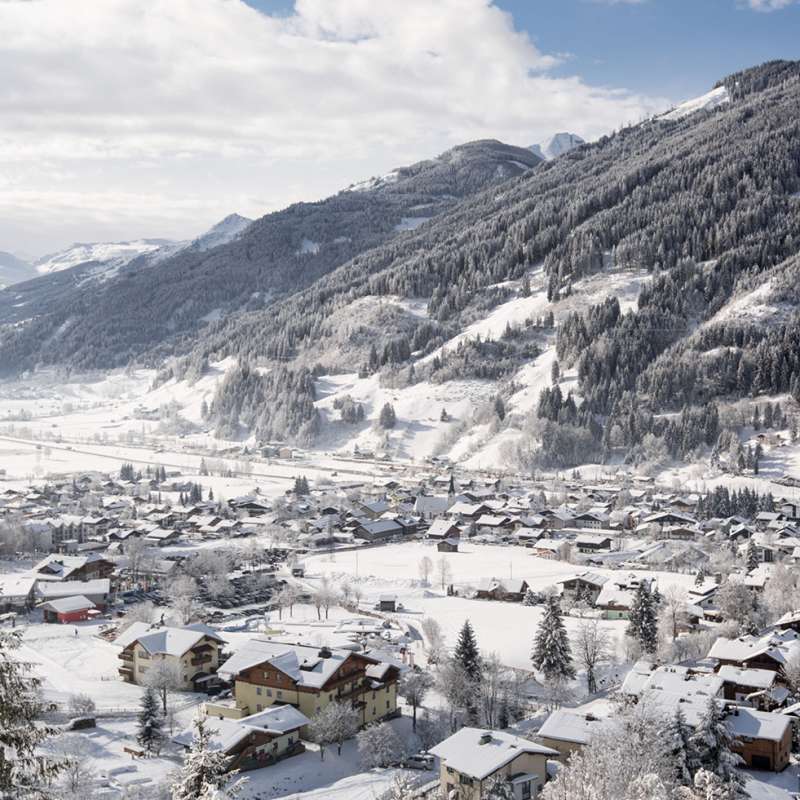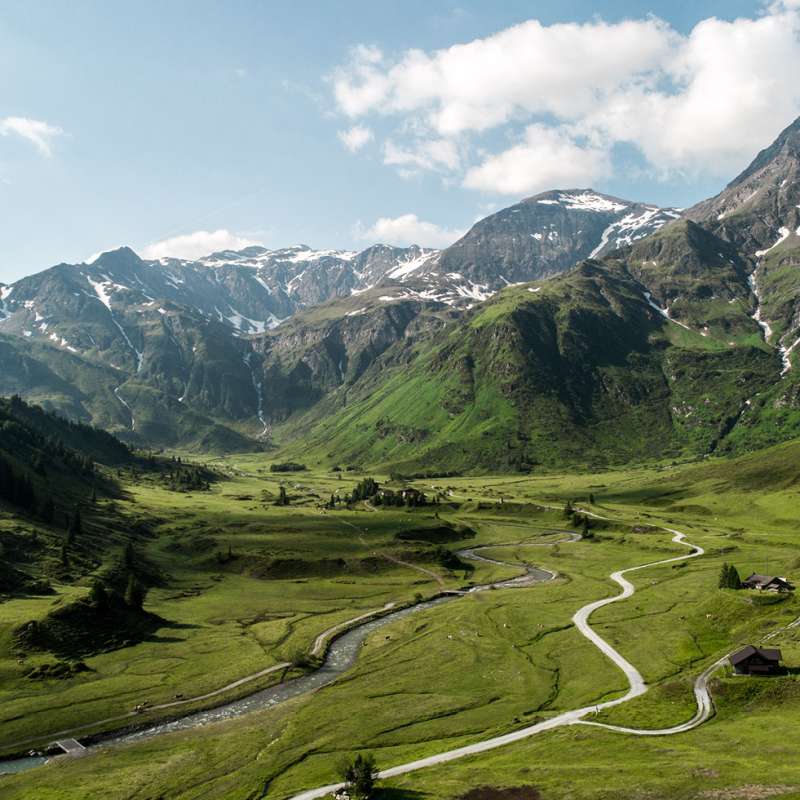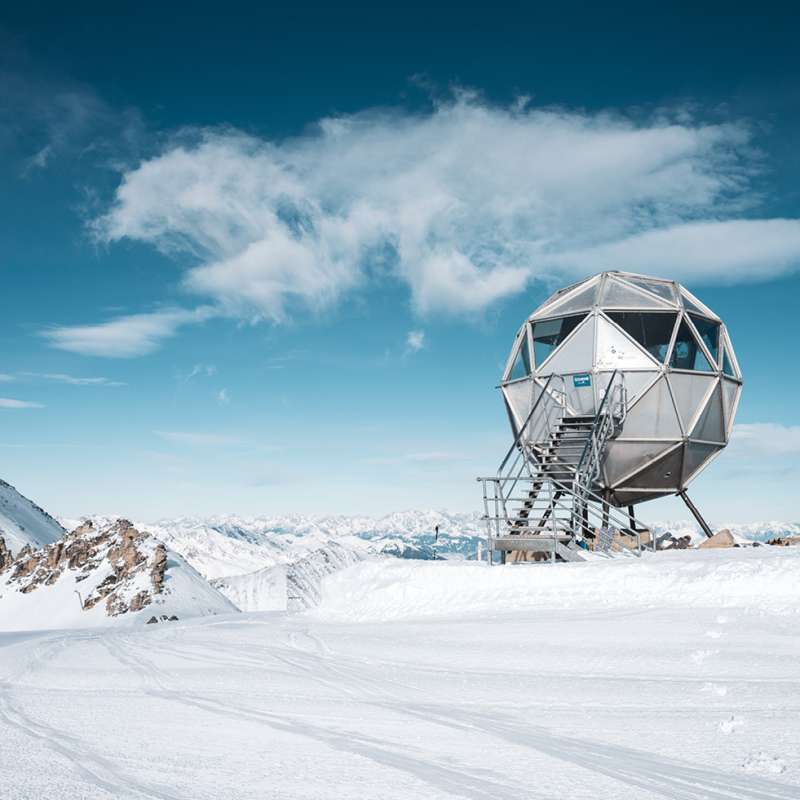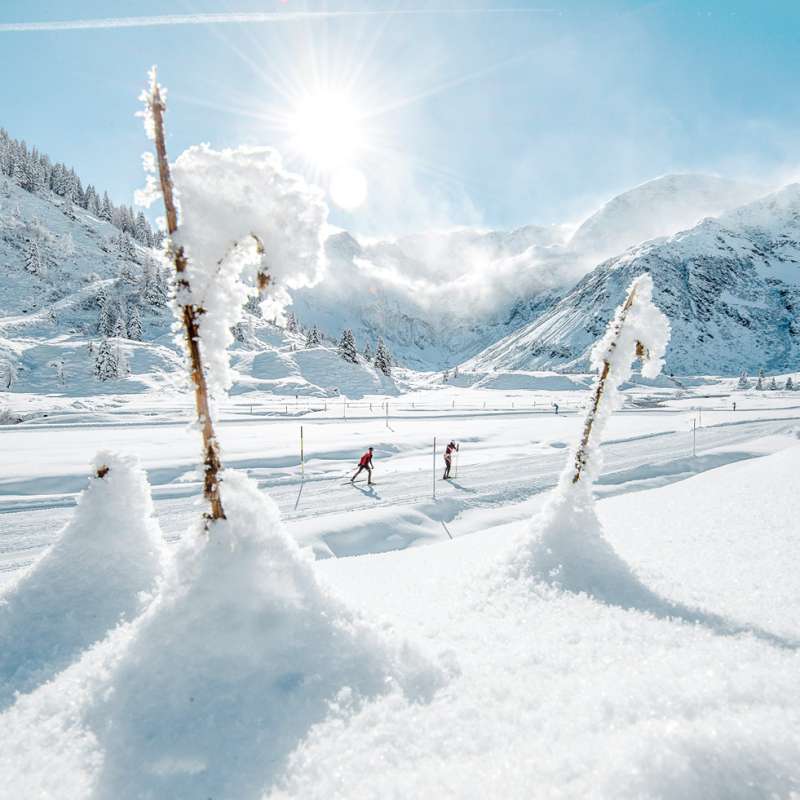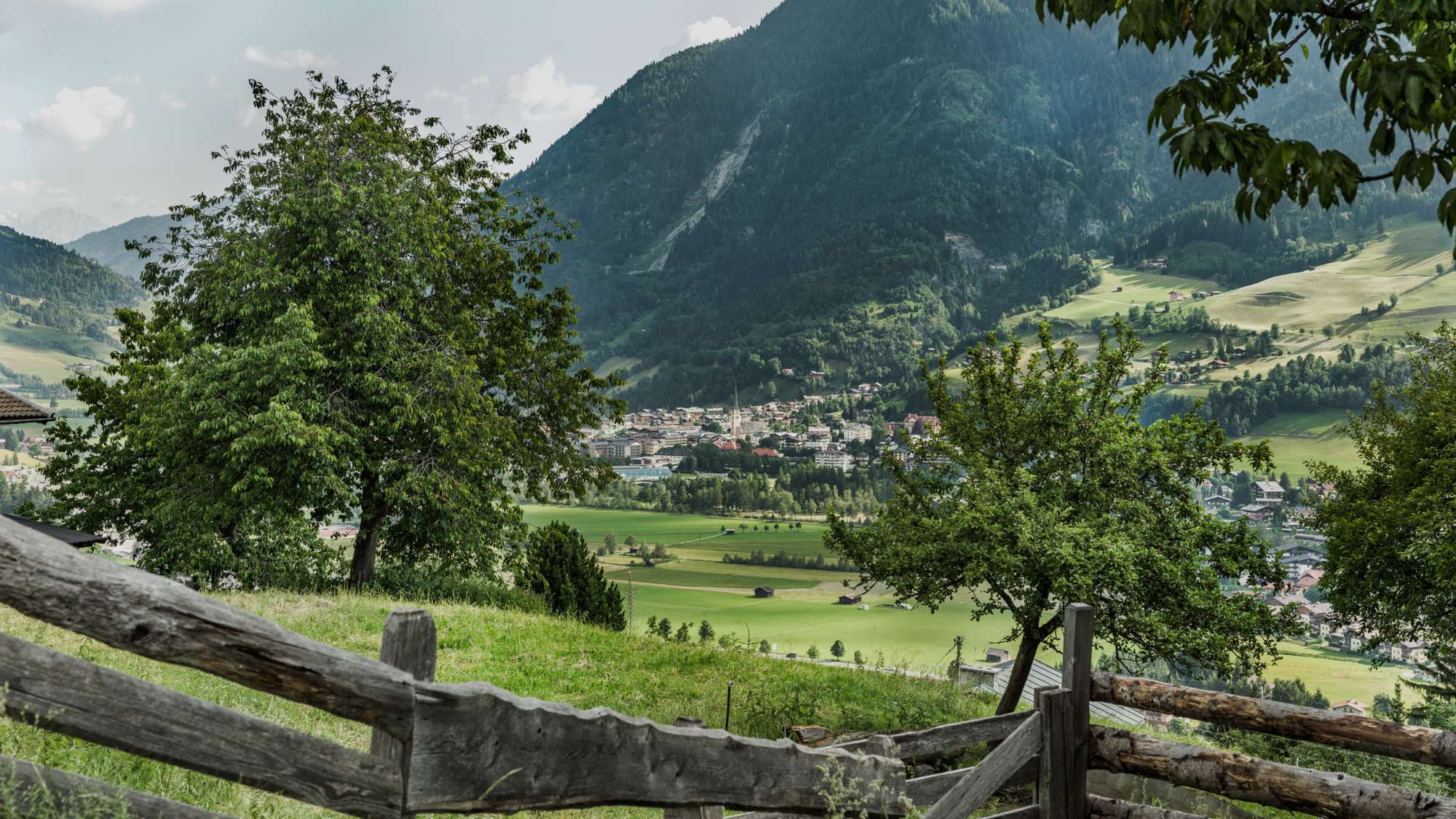
The Gastein valley
In the heart of Salzburg
The Gastein valley
The Gasteinertal is a 40 km long valley in Pongau in the beautiful Salzburger Land in Austria and is crossed by the Gasteiner Ache. In the district of Böckstein, which belongs to Bad Gastein, the Naßfeld valley, which extends from the southwest, and the inrun valley, which extends from the east, converge. The 1,589 m high Naßfeld Valley lies at over 1,500 m above sea level and is known for the Naßfeld-Sportgastein ski resort, which was built in the 1980s.
The valley can only be accessed from the south through the Tauerntunnel of the Tauernbahn, whose entrance on the Salzburg side is in Böckstein and which connects the Gasteinertal with the Seebachtal in Carinthia (the well-known “Tauernschleuse” which is often used when there is a lot of traffic) and through the Klammstein tunnel in the north of the valley.
The three famous communities of the Gastein Valley are Bad Gastein, Bad Hofgastein and Dorfgastein. The Bad Gastein district of Böckstein is also known for its gold mining and the Tauern railway tunnel. Other well-known places in the Gasteinertal are Klammstein (Klammstein castle ruins) in Dorfgastein, Lafen (Snow Jazz Gastein) in Hofgastein, Kötschachdorf (golf course) and Bad Bruck (cemetery) in Bad Gastein.
Bad Hofgastein
Bad Hofgastein is an Austrian market town with about 6,500 inhabitants and is located in the Salzburg region in the district of St. Johann im Pongau, in the Gastein Valley.
It is a health resort and winter sports resort with a long tradition. Since 2003, Bad Hofgastein has been part of the district of St. Johann im Pongau - until then the village belonged to the district of Gastein.
Bad Gastein
Bad Gastein is a historic spa and international winter sports resort with more than 4,000 inhabitants and is the main town in the beautiful Gastein Valley, in Austria. The municipality is part of the National Park villages of the Hohe Tauern National Park and lies at the foot of the Graukogel. Besides the traditional spa treatments the valley offers much, much more: All year round, holiday guests combine a relaxing getaway with sporting activities for all ages!
Dorf Gastein
Dorfgastein is the first village in the Gastein Valley and with just over 1600 inhabitants, the smallest in the valley. Up to 1520 Klammstein Castle was the administrative centre, which was the seat of the archbishop's steward of Gastein, with tolls and backup space at the entrance. 1735 the school system arrived and in 1959 the opening of the first Dorfgastein ski lift took place. And this began the tradition as a ski resort area!
Sport Gastein
Sport Gastein - located on the edge of the Hohe Tauern National Park - is 1590-2650 m above sea level, the highest ski resort in Salzburg which is not on a glacier and a paradise for tourers and freeriders! But also in summer, the sprawling landscape around the Kreuzkogel offers unforgettable opportunities for shorter or longer walks with different difficulties.
The History of Gastein
The Gastein valley - earlier and partly still in use today in the dialect of the locals "The Gastein", is the largest tributary of the Salzach River and was already celebrated in Celtic and Roman times and sparsely populated. Development of the valley didn't materialise until much later in the 9th century by Bavarian and Slavic settlers. The valley belonged to the family of the Peilstein tribe, a branch of the Sieghardinger, and they died out in 1218 fell to the Dukes of Bavaria. In 1297, they sold the area to the Archbishop of Salzburg. After the secularisation of the Archbishopry, the Gastein valley became part of the newly formed county of Salzburg, Austria.
In earlier times alpine farming, the spa industry and mining were the centre of activities in the Gastein valley. Thus, in the 13th and 14th century livestock and grazing had reached their peak. Use of the Gastein healing sources, to this day one of "the" most famous and important central tourist areas, had already started in 1230. From this year came the bathing poem "The Graserin in the Gastein" - the oldest recognised representation of a medical use of thermal water comes from the year 1350.
As a result, famous personalities repeatedly visited the Gastein valley - whether Emperor Frederick III. in the 15th century or the famous physician Paracelsus in the 16th century. This was followed by a number of celebrities, including Emperor Franz Joseph and Empress Elizabeth of Austria and Emperor Wilhelm of Germany and Prince Bismarck, just to name a few.
The first steps towards the development of modern alpine resort was Archduke Johann, whose initiative was to develop an alpine refuge towards the summit of Gamskarkogel. Also worth mentioning is the detection of radon gas in the Gastein thermal water by the world-renowned chemist, physicist and Nobel Prize winner Marie Curie. Another giant step that made the Gastein valley, with its hot springs,known worldwide. 1909 finally put a start to mass tourism - the Tauern railway was opened - but until 1930, we are only talking about summer tourism. In 1958, this changed abruptly - the Ski World Cup 1958 was held in Bad Gastein - now the Gastein valley was known as a two seasons resort, summer and winter holidays in the Gastein Valley were possible from then on, with year-round tourism available.


